The Woman In Black (1989)
Directed by: Herbert Wise
Written by: Nigel Kneale
Starring: Adrian Rawlins, Pauline Moran
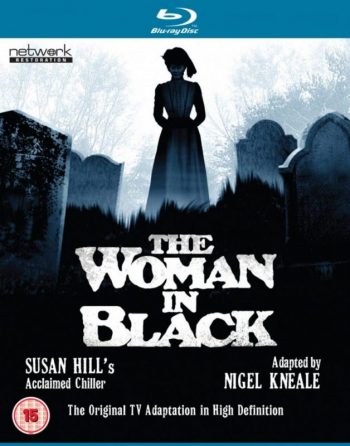
THE WOMAN IN BLACK
Directed by Herbert Wise
As I write this, it’s a dark and stormy night – listen carefully and you can hear the wind howling. It’s a bad night for a stroll, but just the right kind of one to be reviewing a quintessential British ghost story. The Woman In Black has been both a decent book and a stellar play – you wouldn’t believe something that’s two blokes plus a washing basket for 70% of its runtime could be so damned captivating. It was also the basis for an underwhelming Hammer comeback starring Harry Potter himself: Daniel Radcliffe. Less well known is this made for tv movie from 1989, which aired on ITV on Christmas Eve. It’s a spine-tingling, hair-raising, melodrama that makes for a more satisfying trip to Eel Marsh House. And its finally getting the HD treatment on Blu-ray.
Eel Marsh House, for those unfamiliar with the story, is a creepy manor cut off from the mainland by a causeway. Moreover, it was home to Mrs Alice Drablow: a reclusive widow with many secrets. Hard luck then for the young lawyer tasked with settling her estate: Arthur Kidd (James Rawlins, who funnily enough will go on to play James Potter). He makes his way from London to the coastal market town of Crythin Gifford and, on arrival, finds that nobody wants to talk about either Drablow’s house or her life. They also don’t show up at her funeral: a small ceremony attended by Kidd, her solicitor and a mysterious woman in black (Moran) only Kidd seems to see. Shortly after she shows up, a child gets crippled by a fallen log. There’s something spooky going on and it in some way it seems to revolve around this mourner and the old, decrepit house.

It’s a classic Victorian tale of terror, past sins, ominous childhood toys and an old curse. Director Herbert Wise gets the atmosphere just right. There are excellent locations and sets to bring the 1920s back to life, generous use of fog and an oppressive sense of dread which builds from the haunting intro to the diabolical denouement. His focus on long, mid-level shots makes the dialogue scenes watch like a stage play, and the scare scenes are exemplary. Something the Hammer flick did that annoyed me was showing the titular ghost when Arthur couldn’t see her. She’d just hover in the background, doing nothing, then vanish into the ether as Radcliffe looked the other way. Here we only know she’s there when Arthur does, making for an intimate connection between him and us. This choice also means that every moment that we’re with him we’re scared she’ll pop out from somewhere, with those horrific, piercing eyes. The horror scenes exceed what you’d reasonably expect from television, and there are some genuinely chilling moments. One bedroom scene, in particular, is among the scariest things I’ve seen in years.
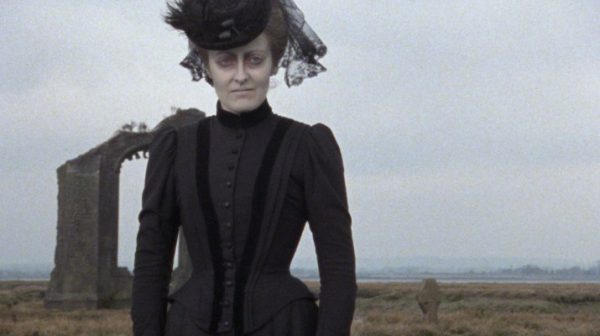
It’s not all about frights though – as per the best Victorian ghost stories, there’s always a metaphor and moral. Beneath the eeriness is an emotional piece about isolation: both Arthur’s and his tormentor’s. As with the setting, both find themselves disconnected from their loved ones and the neighbouring community. The film is a meditation on what living like this can do to them. Rawlins is brilliant in it, commanding our interest and our empathy for most of the running time. It’s no wonder he plays being scared so well – Pauline Moran is the stuff of nightmares in this, with an icy performance and a glare could turn the Medusa to stone. Along with the aesthetic and an unnerving soundtrack, the sum of the parts is excellent.
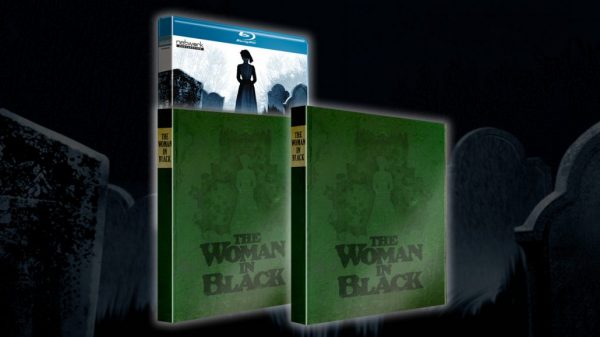
If there’s a problem at all, it’s that, as per Susan Hill’s book, this telling sticks rigorously to the haunted house template. To be fair to both her and Herbert Wise, our genre has always been reflective, with creatives often whispering gently to each other across centuries. In that respect, there is nothing cheap about The Woman in Black paying homage to horror’s history, and it does so with authenticity and sincerity. Nonetheless, the backing story itself is fairly run of the mill and will offer few surprises. Still, sometimes a vintage story told well is as rewarding as something completely new. Like the spirits of Eel Marsh House, these stories stick around for a reason. Partly because they are etched into the national psyche, partly because of what they tell us about ourselves. And partly because they’re really darn good.
The Blu-ray presentation is an exceptional restoration. Eager fans will be glad to know it comes with a fascinating and fun commentary by horror aficionados Mark Gatiss, Kim Newman and Andy Nyman, plus a booklet by Andrew Pixley. You can order it exclusively from the Network website today.


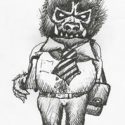
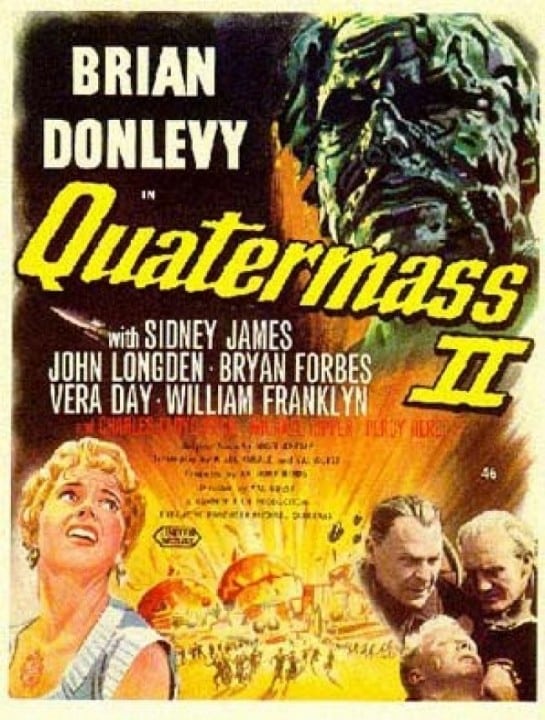


Be the first to comment